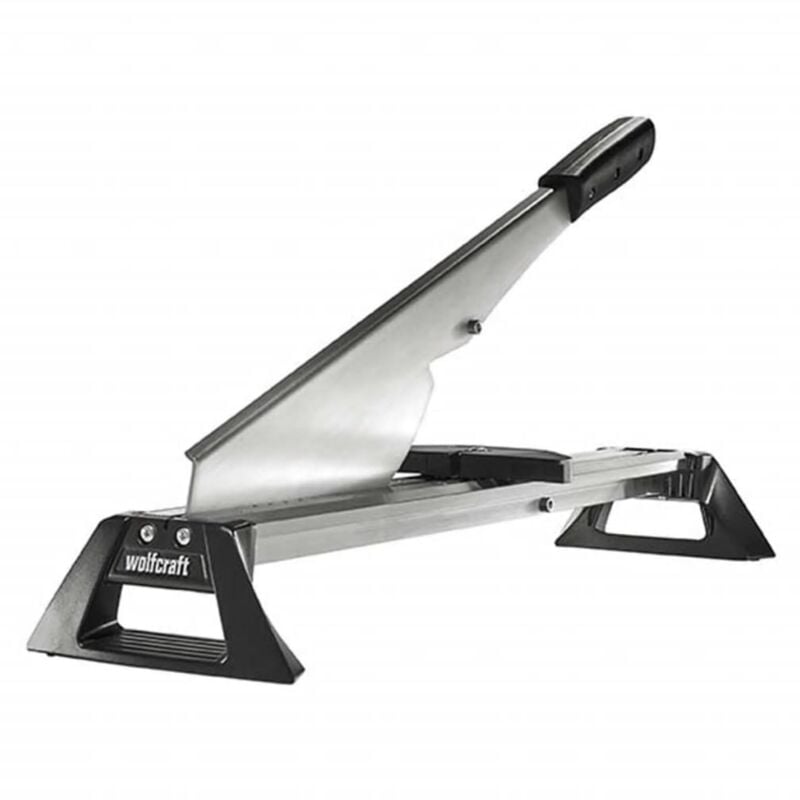
Floor And Carpet Tools
Floor And Carpet Tools are essential for professionals and DIY enthusiasts working with carpets and flooring. Quality floor and carpet tools make the installation and maintenance of carpets and floors much more efficient and precise. Whether laying new carpet or installing hardwood floors, the right floor and carpet tools can make a significant difference. Our range of floor and carpet tools is designed to suit various flooring types and installation techniques. From carpet stretchers that ensure a perfect fit to flooring tools that aid in accurate cutting and fitting, our floor and carpet tools cover all needs. Selecting the appropriate floor and carpet tools can save time and effort, resulting in a flawless finish. We offer a wide selection of floor and carpet tools, allowing you to compare products and prices to find the best tools for your project. Invest in the best floor and carpet tools to achieve professional results in your flooring and carpet installation projects.























Carpet and flooring tools: All You Need to Know
Have you bought a laminate floor, wooden flooring or carpet, and would you like to lay it yourself? This article will show you what you should remember if you decide to install your floor yourself.
What to consider before you buy flooring tools or floor
Before you buy flooring or the tools you'll need to install your flooring, check out flooring and tool prices to save money. The best way is comparison sites like Buildiro.com.
Next, consider how many m2 you will need. Correct measurement of the area will tell you how much m2 of floor you will need. But you must also consider some waste when installing a floor or carpet. Commonly, 5-10% more m2 is purchased than you measure.
What tools will you need to fit carpets or lay a laminate floor?
Carpet laying tools
Fitting carpets sometimes requires at least an essential skill. We will most often need these types of hand tools for carpet laying:
Carpet knife

A carpet knife boasts an incredibly slender and sharp blade, almost like a razor's edge. In contrast to the triangular, pointed blades present in utility knives, the blade of a carpet knife has a square shape that reduces its susceptibility to breakage during usage. Moreover, this design feature makes it harder to cut too deeply, preventing any damage to the flooring or skirting beneath the carpet.
Carpet stretchers

If you're planning to install a carpet that covers the entire floor, consider the usage of a carpet stretcher (also known as a knee kicker). This tool is specifically designed to have a head equipped with tines that firmly grip the carpet. You can apply the necessary force to stretch the carpet and pull it closer to the wall. Once you've achieved the desired position, you can securely fix it to a tack strip for a stable installation.
Seam roller
A seam roller is a highly practical tool that is designed to make your sewing projects much easier and more efficient. This tool comes equipped with a roll that is attached to a handle using a strong and durable L-shaped frame that is made from either galvanised metal or steel wire. One of the key features of many seam roller models is their snap-on mechanism, which allows you to easily replace the roll as needed. Depending on the specific design, the length of the wire frame may vary, but it is always optimised for maximum performance and ease of use.
Stair chisel

The stair chisel is used to fasten the carpet to the gripper rods. The stair chisel is wide for a wider reach when fixing the carpet between the grippers; its point is blunt compared to wooden chisels, so it does not cut a hole in the carpet.
Hammer
Hammers have many uses, including driving, shaping, breaking, and non-destructive striking. In our case, we use them to secure gripper rods to staircases with nails.
What tools will you need to lay down a floor?
Among the floor tools we primarily include:
Jigsaw for detailed cuts

A jigsaw is a popular power tool primarily utilised for cutting curved lines, circles, and unique shapes into various materials, such as thin metal, laminate, plastic, ceramic tile, and wood.
Mitre saw for long cuts

Mitre saws are crucial for carpentry tasks such as trim work, moulding, and rafters, as they are designed to enable angled cuts. In addition to their ability to make straight crosscuts, they become an incredibly versatile tool that DIYers and professional carpenters can only do when coupled with the appropriate blade.
Spacers
Spacers will help keep gaps, for example, from the wall because a wooden or laminate floor can expand. Thanks to this, the floor will not be cupping.
Tapping block
To ensure a seamless and secure connection between planks, it is crucial to utilize a tapping block that effectively shields the tongue or edge of each plank during installation. Once the planks have been aligned and engaged, the Tapping Block must be applied forcefully to the long groove until the rows are tightly bound together. Failure to do so will result in an incomplete and subpar installation.
Other floor tools
Gloves
Of course, gloves will protect you from unpleasant injuries or calluses on your hands.
Knee pads
Knee pads that ensure comfort while working and do not put pressure on your knees.
Tape measure
When laying a floor or carpet, you cannot do without a tape measure. Accurate measurements will ensure a great result at the end of your work.